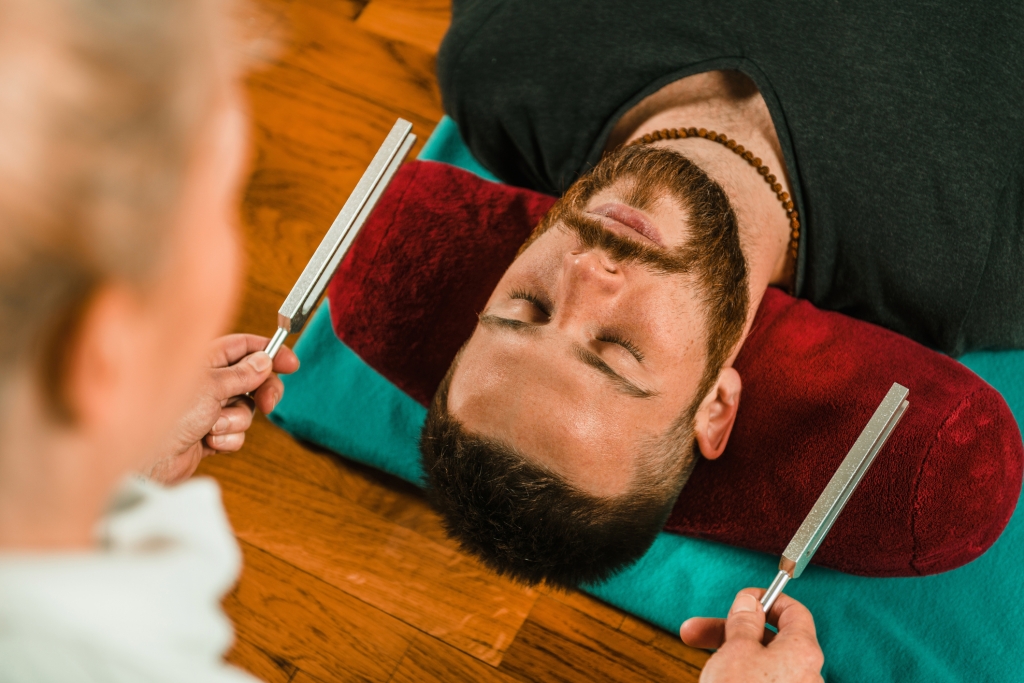By Amanda Nelli, MD and Padma Gulur, MD
Pain is a complex symptom and a common concern for all patients with a chronic illness. In particular, end-stage renal disease (ESRD) poses unique challenges. It has been found that 37-50 percent of patients with ESRD on hemodialysis experience chronic pain, and more than 80 percent of these patients experience moderate to severe pain.1 Pain in dialysis patients often goes undertreated, which may be because it is often caused by multiple problems. The pain experienced in dialysis patients is often a combination of physical, social and psychological influences.2
There are multiple medical causes of pain in the dialysis population, including complications related to diabetes, underlying arthritis, deposition of b2 macroglobulin causing carpel tunnel syndrome or those directly related to dialysis (such as cramping). Understanding the cause of the pain is the first step in helping patients manage it appropriately. Proper pain management is extremely important because unmanaged pain can lead to depression, which may result in patients withdrawing from their dialysis treatments.3
Multimodal Pain Management
Pharmacological approaches
Medications
Injections
Creams and Sprays
Interventions
Injection therapies
Spinal cord stimulators
Kinesiotherapy
Physical Therapy
Occupational Therapy
Complementary Therapies
Music Therapy
Psychological Interventions
Cognitive Behavioral Therapy
Relaxation
Pain is rarely managed with only one type of therapy. It is best addressed by using a combination of treatments—this approach is called “multimodal” pain management. This may include the use of medications, injection therapies, massage, physical therapy, acupuncture and more. Because there are so many different pain medications available, when managing pain with medication it is important to determine the correct type for the presenting pain symptoms. It is also important to use medications that are safe for the kidneys. Other medications, in the form of creams or sprays, may be used in certain areas, such as pain caused by the dialysis access.
There are multiple injection therapies that can be used, especially if the pain is in the back, neck or joints.
Physical or occupational therapy may also be of benefit. These therapies focus on the source of the pain and can include stretches and exercises to improve function for daily tasks.
Another therapy is cognitive behavioral therapy (CBT). CBT is a psychological treatment that combines multiple approaches to best treat pain and is especially beneficial in patients with high anxiety or other psychologic disabilities. CBT includes relaxation, biofeedback techniques, imagery, setting goals and music therapy.
Relaxation has been shown to benefit both pain and anxiety. It can include breathing exercises, muscle relaxation, and more. Biofeedback is learning to control the body’s reactions, such as skin temperature, heart rate and blood pressure. Imagery is a major part of passive relaxation and may have the best results when guided by a therapist. Music therapy is also a useful technique to manage pain. Music therapy can be done in a formal session with a trained music therapist or be done informally while listening to music at home. During music sessions, patients are often asked to participate in choosing the song or playing music. When listening to music at home, the music choice should be calming and relaxing rather than music that is stimulating. Preferably, these techniques should be taught by a trained provider, and then practiced at home for the most successful pain management. Talk with the social worker at your dialysis center about relaxation techniques you could try.
Summary:
The most successful treatment for pain comes from using multiple methods of pain management. Pain medicine specialists, such as physician anesthesiologists, can help you develop these comprehensive plans. Medications may relieve some of the pain, but they may be restricted to avoid kidney damage. Therefore, it is important to consider other therapies such as physical therapy or CBT. CBT can be a valuable pain management option in dialysis patients as multiple pain syndromes are often found in this population.
Amanda Nelli, MD is Postdoctoral Researcher at Duke University in Durham, NC. Padma Gulur is Professor of Anesthesiology and Population Health, Executive Vice Chair of Anesthesiology at Duke University in Durham, NC and a member of the American Society of Anesthesiologists’ Committee on Pain Medicine.






